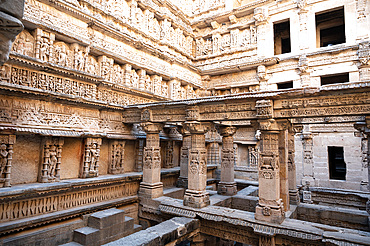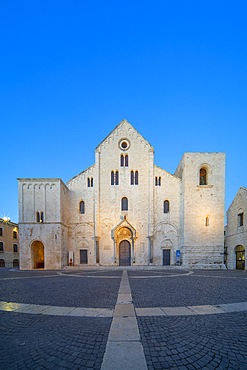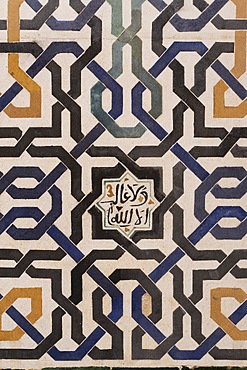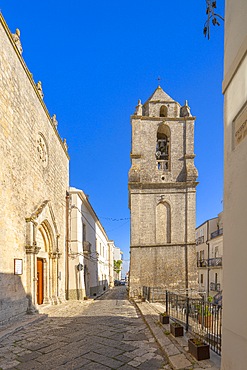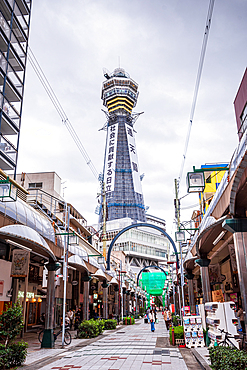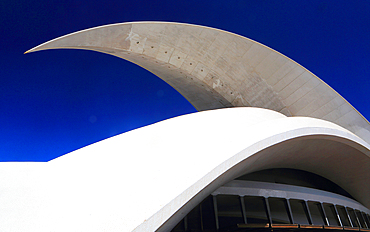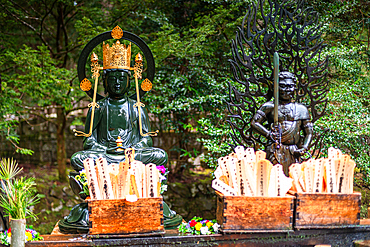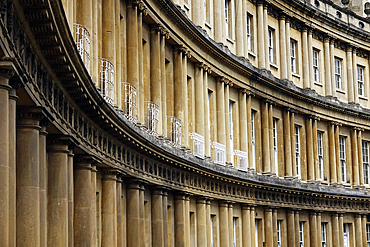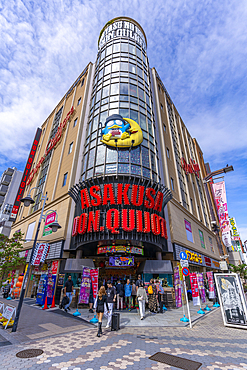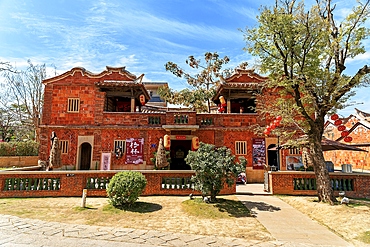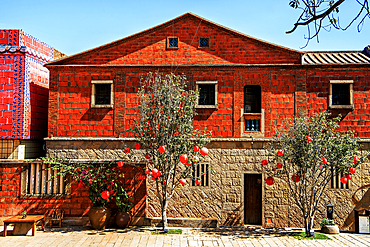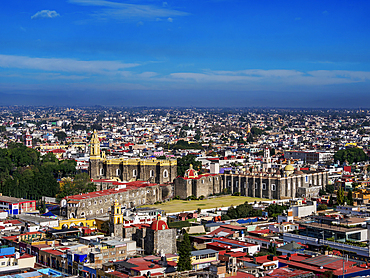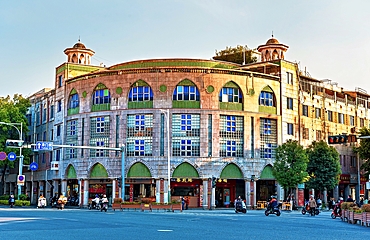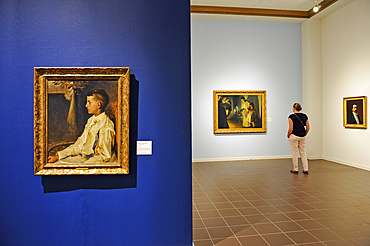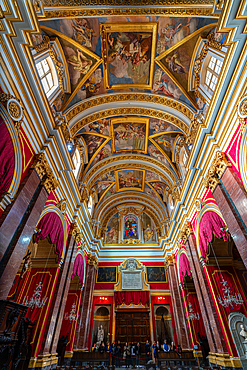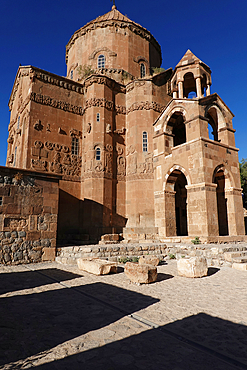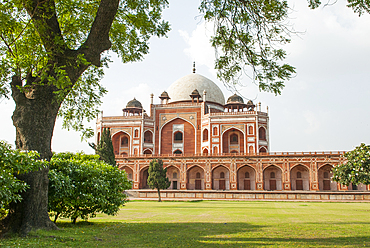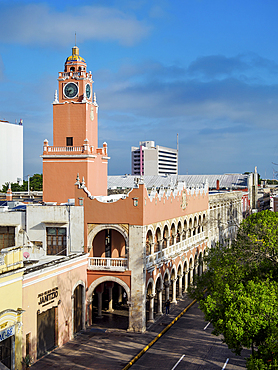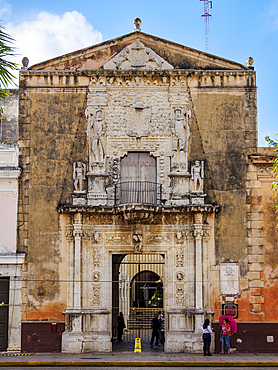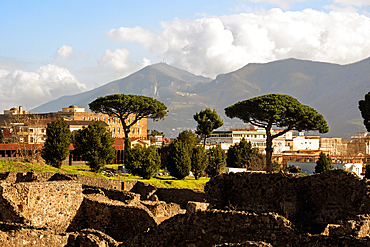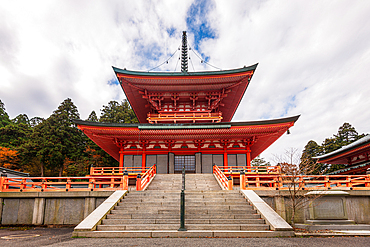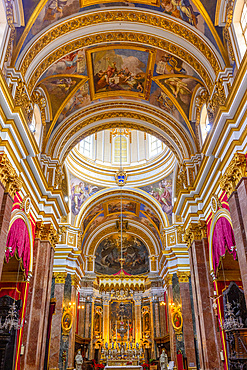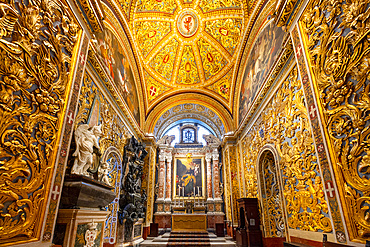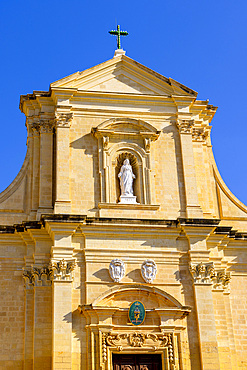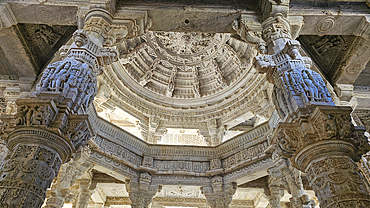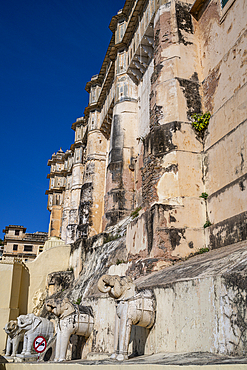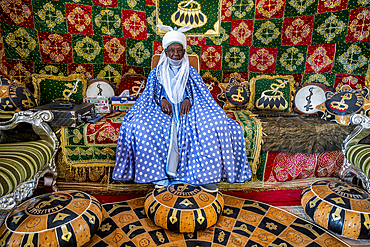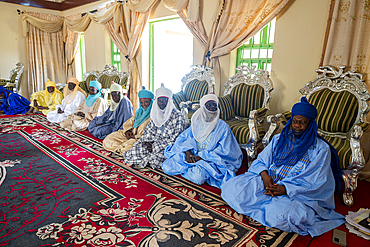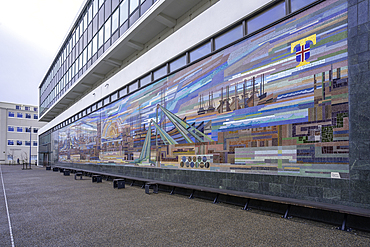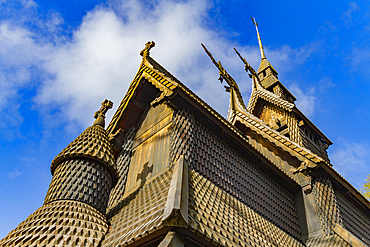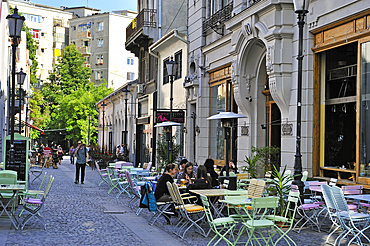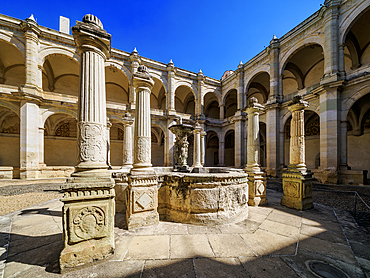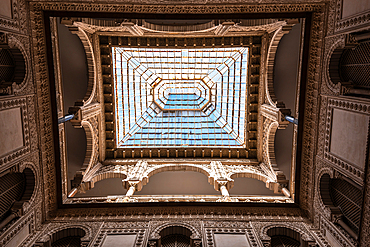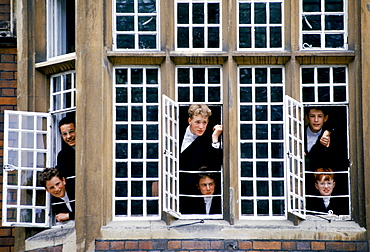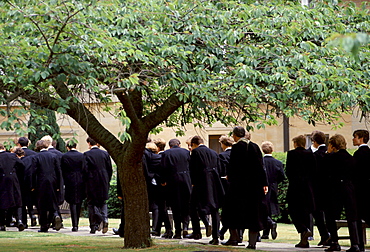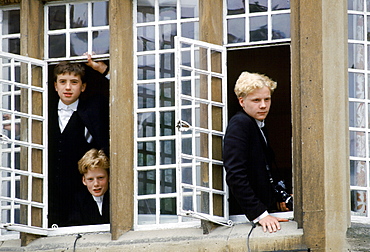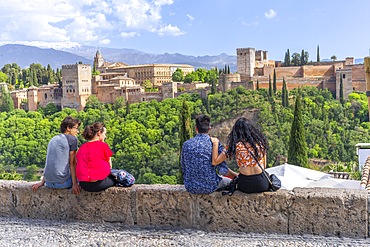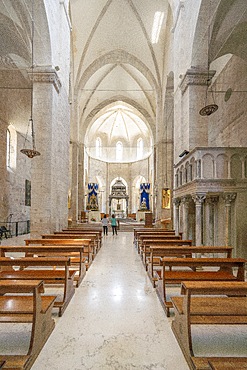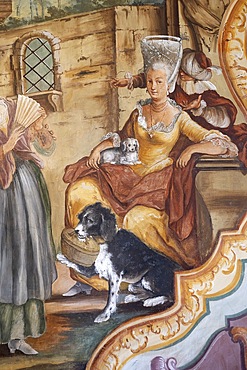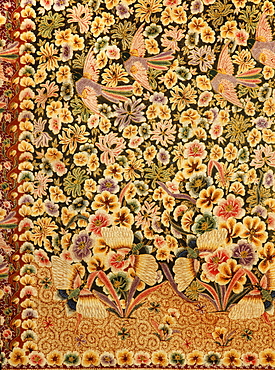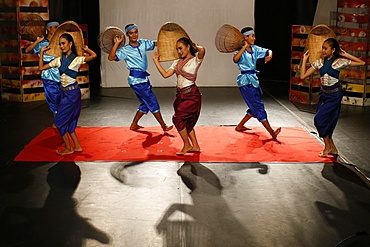Results
1 2 Next »
103 results found
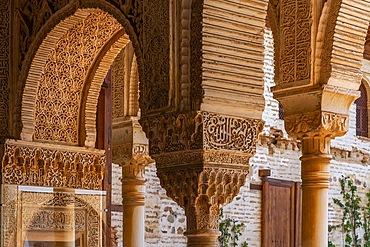
Generalife Palace, Generalife Gardens, Islamic and Mudejar architecture, Alhambra, UNESCO, Granada, Andalusia, Spain
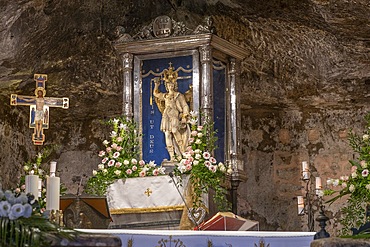
Statue of St. Michael the Archangel, Sanctuary of St. Michael the Archangel, Monte Sant'Angelo, UNESCO, Foggia, Apulia, Italy

Colossus of Barletta, Basilica of the Holy Sepulchre, Barletta, Barletta-Andria-Trani, Apulia, Italy
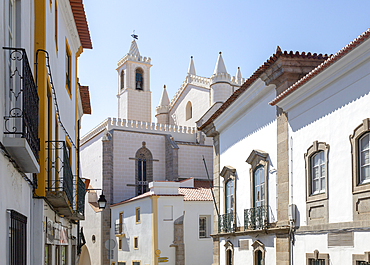
Historic 16th century church of Saint Francis (Igreja de Sao Francisco), built in Gothic style, with Manueline influences, completed around 1510, design of Martim Lourenco, city of Evora, UNESCO World Heritage Site, Alto Alentejo, Portugal, Europe
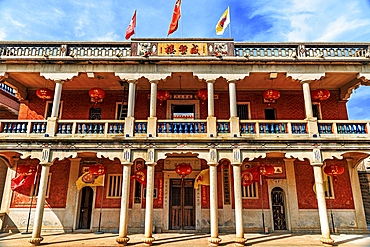
Wulin traditional village, Quanzhou, Fujian Province, China. The village has a strong South East Asian architectural influence as it was built by Chinese emigrants from South East Asia during the Qing and ROC era.

Budapest, Hungary – View of the Ronald Reagan Statue in Liberty Square with the Hungarian Parliament Building rising in the background, symbolizing Hungary’s journey from Soviet influence to democracy.
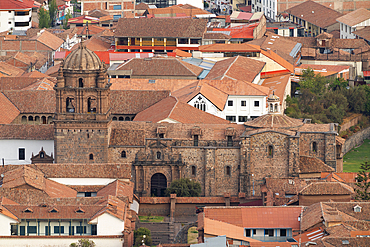
Coricancha and Santo Domingo Convent, UNESCO World Heritage Site, Cusco (Cuzco), Peru, South America
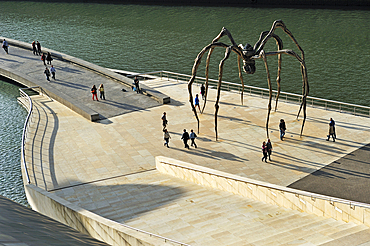
Maman sculpture by the French-American artist Louise Bourgeois, 1911-2010, beside the Guggenheim Museum designed by architect Frank Gehry, Bilbao, province of Biscay, Basque Country, Spain, Europe

The bronze sculpture by Ludwig Engelhardt of Marx on left and Engels in Marx-Engels Forum in central Berlin, Germany
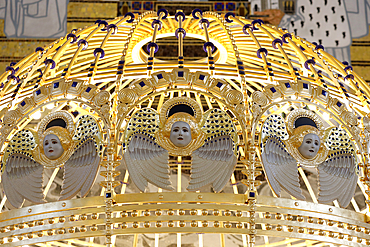
Am Steinhof church (Church Leopold) designed by Otto Wagner between 1902 and 1907, Art Nouveau, Vienna, Austria
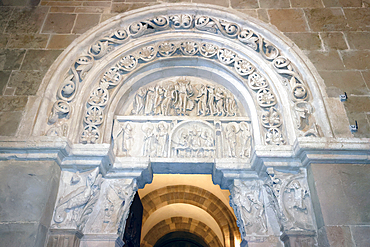
Narthex (porch) sculptures, 12th century Benedictine Abbey, UNESCO, Vezelay, Yonne, Burgundy, France

Saint Augustine's Church seen from Dom Pedro V Theatre square , Macau, Special Administrative Region, China, Asia

View of colourful architecture at Nagaa Suhayl Gharb on the Nile river near Aswan, Aswan, Nubia, Egypt, North Africa, Africa
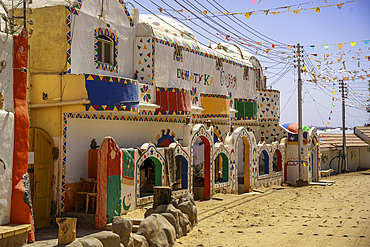
View of colourful architecture at Nagaa Suhayl Gharb on the Nile river near Aswan, Aswan, Nubia, Egypt, North Africa, Africa

View of colourful architecture at Nagaa Suhayl Gharb on the Nile river near Aswan, Aswan, Nubia, Egypt, North Africa, Africa
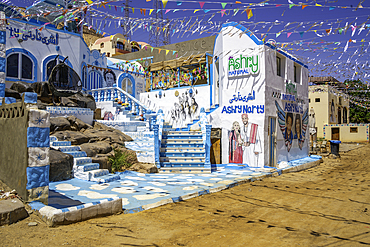
View of colourful architecture at Nagaa Suhayl Gharb on the Nile river near Aswan, Aswan, Nubia, Egypt, North Africa, Africa

Chapel of the Rosario, interior detail, Santo Domingo de Guzman Church, City of Puebla, Puebla State, Mexico
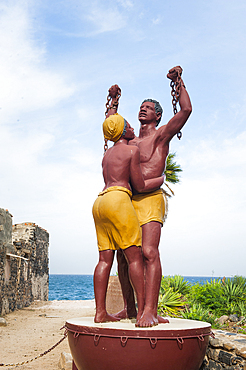
Abolition of Slavery statue, sculpture by Guadelupian brothers Jean and Christian Moisa, Ile de Goree (Goree Island), UNESCO, Dakar, Senegal

Abolition of Slavery statue, sculpture by Guadelupian brothers Jean and Christian Moisa, Ile de Goree (Goree Island), UNESCO, Dakar, Senegal
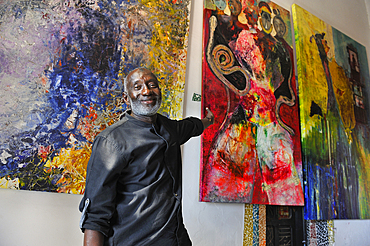
Senegalese artist painter Abdoulaye Diallo in his house and workshop, Ngor island, Dakar, Senegal, West Africa
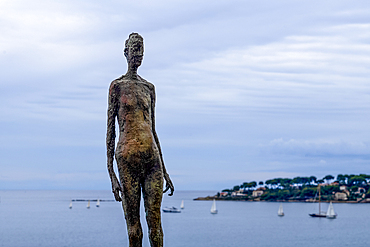
La Feuille sculpture by Germaine Richier, Musee Picasso, above Baie des Anges, Cap d'Antibes, Antibes, Alpes-Maritimes, French Riviera, France

Egyptian-style lion sculpture of Fontana dell'Obelisco on Piazza del Popolo, UNESCO, Rome, Lazio, Italy

View of restaurants in Mitropolis Square, old Corfu Town at dusk, UNESCO World Heritage Site, Corfu, Ionian Sea, Greek Islands, Greece, Europe

Exquisite carvings of dragons on the pillars at the temple of the Goddess of the Pearl, a local deity, in Puning City, Guangdong Province, China
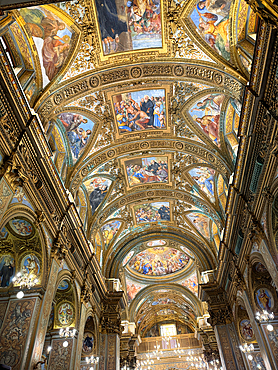
Religious frescos on the ceiling of the 8th century Church of San Giorgio, city of Salerno, Campania, Italy
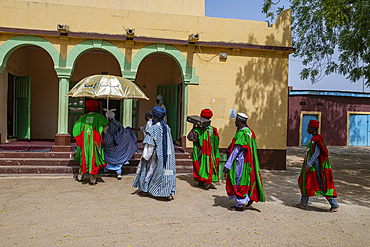
Emir of Daura walking around his palace, Fadar Daurama Emir's palace, Daura Emirate, Katsina state, Nigeria
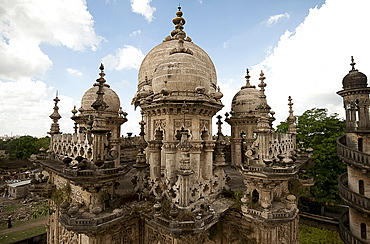
Mahabat Maqbara, built in 1892 over Nawab Mahabat Khan II's grave, with Islamic, Hindu and European influences, Junagadh, Gujarat, India, Asia

The Jama Masjid in the Mahabat Maqbara complex, built in 1892, with Islamic, Hindu and European influences, Junagadh, Gujarat, India, Asia

Baroque Chapel of St.Francis Xavier in Coloane Village, Macau, Special Administrative Region, China, Asia
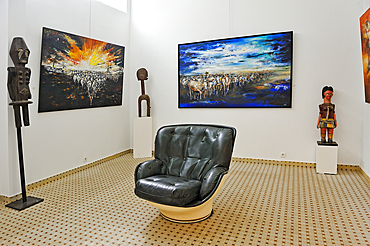
Paintings by Baba Ly, Galerie Antenna, African arts, 9 Felix Faure Street, Dakar, Senegal, West Africa
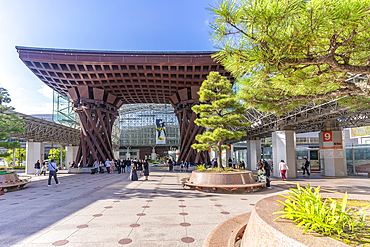
Torii shaped entrance to Kanazawa station, designed by architects Sejima and Nishizawa, Kanazawa City, Ishikawa Prefecture, Honshu, Japan

Starbucks coffee shop, American influence, alongside Chinese street signs in Yu Garden Bazaar Market, Shanghai, China
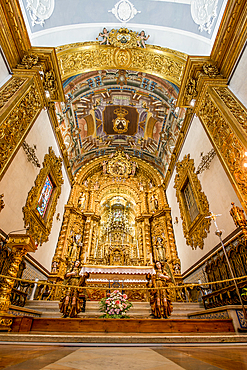
Church of the Third Order of Our Lady of Mount Carmel (Igreja da Ordem Terceira de Nossa Senhora do Monte do Carmo), Faro, Algarve, Portugal
